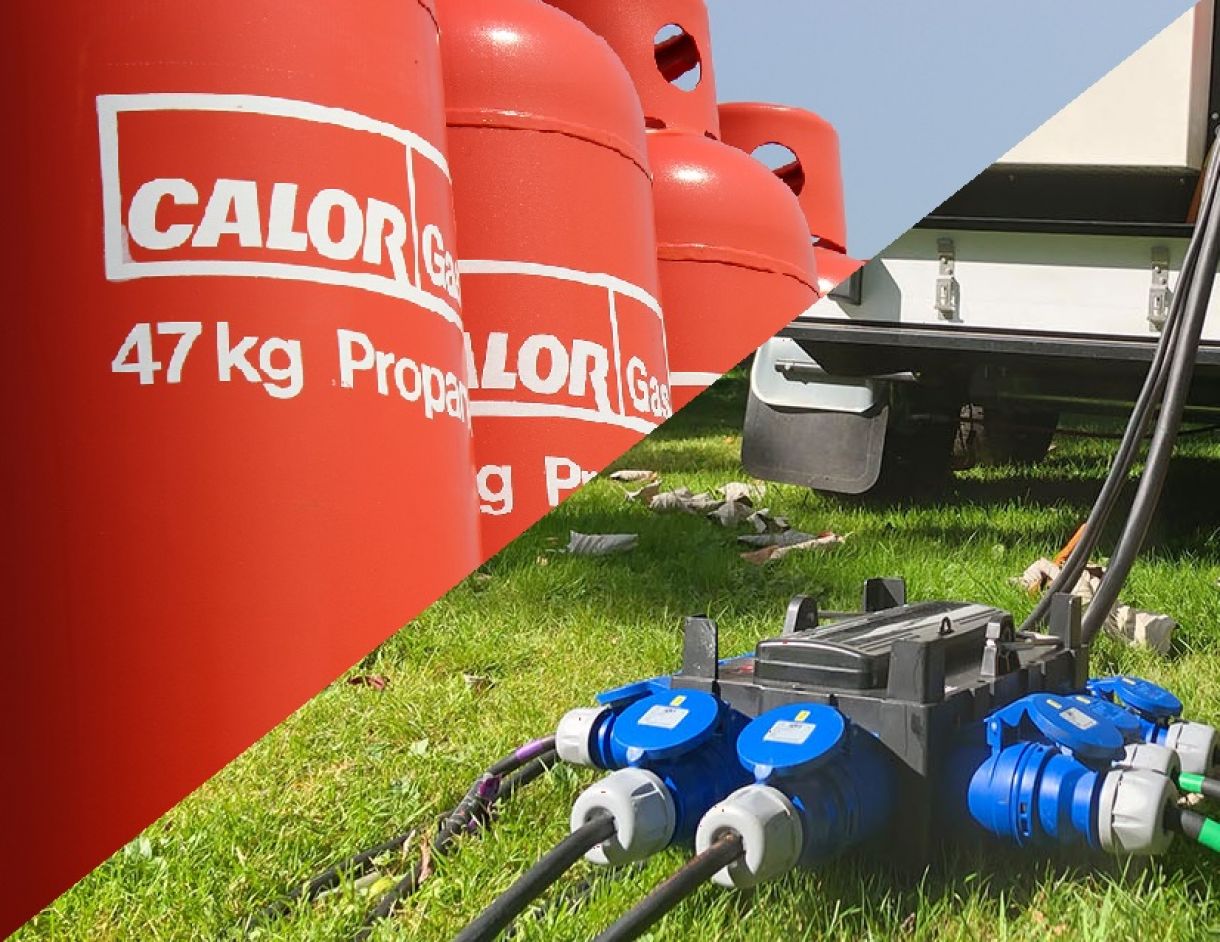



In the UK property market, understanding the difference between gas and power (electricity) supply is more important than ever. As the country transitions toward cleaner energy systems and stricter regulations, property developers, landlords, and investors must make informed decisions about which energy sources power their assets—and how those choices affect costs, compliance, and long-term value.
Fraser Bond breaks down the fundamental distinctions between gas and electricity supply and explains how these differences impact property strategies in today’s energy-conscious environment.
The gas supply system delivers natural gas—primarily methane—to buildings for heating, hot water, and cooking. In the UK, gas is:
Extracted from the North Sea or imported
Transported through the National Gas Transmission System (formerly part of National Grid)
Distributed to end users via Gas Distribution Networks (GDNs)
Supplied by retail gas suppliers like British Gas or EDF
Gas is typically used in:
Traditional boilers and heating systems
Gas cookers and ovens
Older residential stock and commercial kitchens
Power supply, commonly referred to as electricity, is the delivery of electrical energy used to operate lighting, appliances, cooling systems, EV chargers, and more. In the UK:
Electricity is generated from a mix of fossil fuels, nuclear, and renewables (wind, solar, hydro)
Transported via the National Grid’s high-voltage transmission network
Distributed by local Distribution Network Operators (DNOs)
Sold to customers by retail electricity suppliers like Octopus Energy, E.ON, or ScottishPower
Electricity powers:
Lighting, refrigeration, air conditioning
Heat pumps and electric radiators
All-electric residential developments and smart homes
| Feature | Gas Supply | Power (Electricity) Supply |
|---|---|---|
| Type of Energy | Thermal (heat) | Electrical |
| Primary Use | Heating, hot water, cooking | Lighting, appliances, EVs, tech |
| Network | National Gas Transmission + GDNs | National Grid + DNOs |
| Carbon Emissions | Higher | Lower (especially renewables) |
| Appliance Dependency | Gas boilers, hobs | Heat pumps, EV chargers, induction |
| Regulatory Future | Phasing out fossil fuel heating | Expanding for net-zero targets |
New developments must align with Future Homes Standard, which bans gas boilers from 2025. Electric-only homes are now standard in most planning consents. Developers must plan accordingly for:
Heat pump integration
Electric heating systems
Smart grid connectivity
Electricity, especially from renewable sources, helps properties achieve higher EPC ratings and meet Minimum Energy Efficiency Standards (MEES). Landlords with gas-only systems may face:
Retrofit costs
Lower tenant appeal
Regulatory penalties
Gas prices have historically been lower than electricity—but this is shifting. With electrification and solar adoption growing, long-term savings and stability may favour electric systems.
Modern tenants increasingly seek eco-conscious, low-carbon properties. All-electric homes with smart meters and EV charging points are more attractive in urban and build-to-rent markets.
Fraser Bond supports clients at every stage of the real estate lifecycle with:
Strategic guidance on choosing between gas and power systems
Grid connection feasibility assessments
Supplier engagement and smart metering integration
Compliance advisory on MEES, EPCs, and net-zero planning
We ensure your energy decisions support regulatory alignment, cost control, and long-term asset performance.
The difference between gas and power supply is more than just technical—it’s strategic. In a market driven by sustainability and regulation, the right energy choice can enhance a property's appeal, value, and compliance.
Fraser Bond helps developers, investors, and landlords make the right call—transforming energy understanding into competitive advantage.